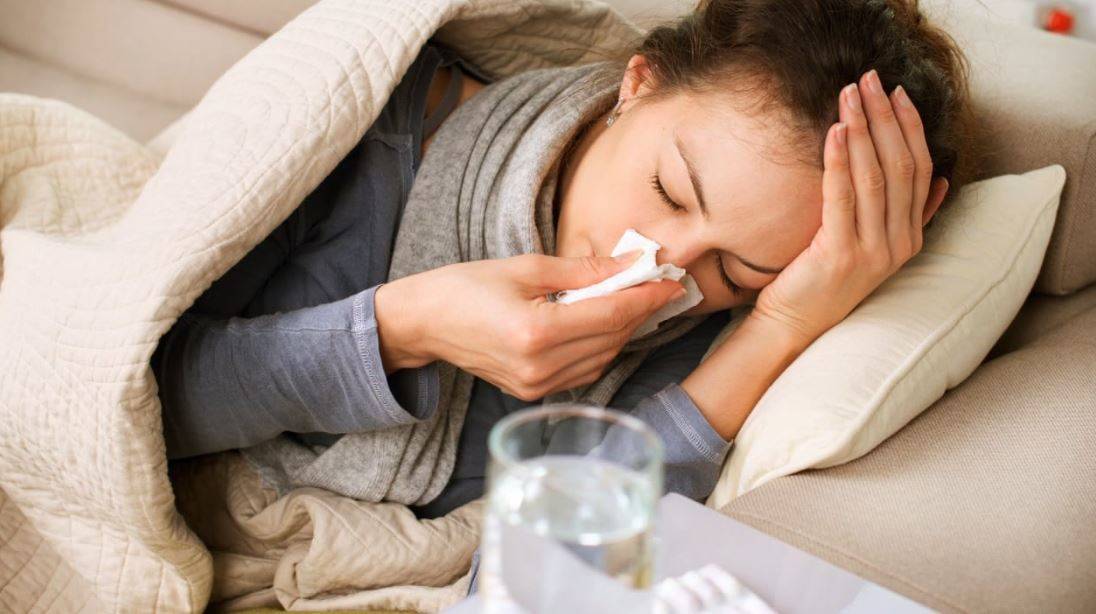
It may seem that you and your family are falling ill more often than your friends and neighbors and your home may be the culprit. A surprisingly significant number of Americans have poor air quality, mold, and hazardous cleaning products within their living space that can greatly effect health. These home materials and issues can be the root of rashes, asthma, allergies and other health complications. If you suspect that your house is making you sick, here are four ways to avoid potential health risks in your home.
1. Test for Lead Paint
Lead testing in homes is a straightforward process, but an overwhelming one. In major cases, homes built before 1978 possess a higher likelihood of having lead-based paint. Homeowners can source for professional help or even test it themselves. Both hardware stores and improvement centers are stocked with easy-to-use test kits, which homeowners can use to test for lead paint. The process involves sample collection or simple swab, and there are predetermined, strict guidelines for lead paint removal.
2. Radon Gas Test
Radon gas is a radioactive gaseous element, which is considered a hazard to health. Homeowners have the options of hiring a professional tester or just running the test themselves. For homeowners preferring to run the radon tests themselves, they can visit hardware stores, purchase a testing kit, and follow the manual. Noticeably, the United States Environmental Protection Agency has set below 4 pCi/L as the acceptable radon levels. If the levels are above the acceptable, contact a registered professional to counter the gas in your home.
3. Keep Mold at Bay
Unfortunately, leaking pipes, the backside of drywall, carpet as well as above the ceiling are suitable grounds for the growth mold. Mold issues may be undetectable in areas that you can see. Professionals such as First General Services can offer you efficient mold remediation services. A good way to detect mold in your home is when allergies are worse at home, and your throat, eyes, and nose are overly irritated at home, than other places.
4. Check for Hidden Toxins in Your Cleaning Products
Just because one can buy cleaning products at any convenient stores, does not mean that all cleaning products are safe. Many products contain chemicals, poisons, and carcinogens, which can trigger asthma. For products that advise the use of gloves, suggest keeping way from face to avoid inhaling and labeled as fatal if consumed, they are among the most hazardous products to your health. You would want to purchase safer home cleaning products.
It is not only possible that you and your family are getting sick more often because of your home, but it is also probable. By testing for common hazards, having a home inspection, keeping molds at bay as well as sourcing for cleaning products that are toxin-free, you make your house a safer place for every member of your family.
Anica Oaks
Recent Posts
- Castor Oil For Better Hair Growth: Is It Myth Or Fact?
- Exploring the Differences Between Sermorelin, Ipamorelin, Ibutamoren, GHRP2, and GHRP6: Understanding Their Role in Human Growth Hormone Regulation
- Unraveling the Mystery: Understanding the Causes and Prognosis of Ventricular Tachycardia Without Apparent Heart Disease
- Understanding Grandparents’ Rights in Oklahoma: Navigating Visitation and Legal Protections
- 10 Reasons to Consider Hypnotherapy for Your Health

